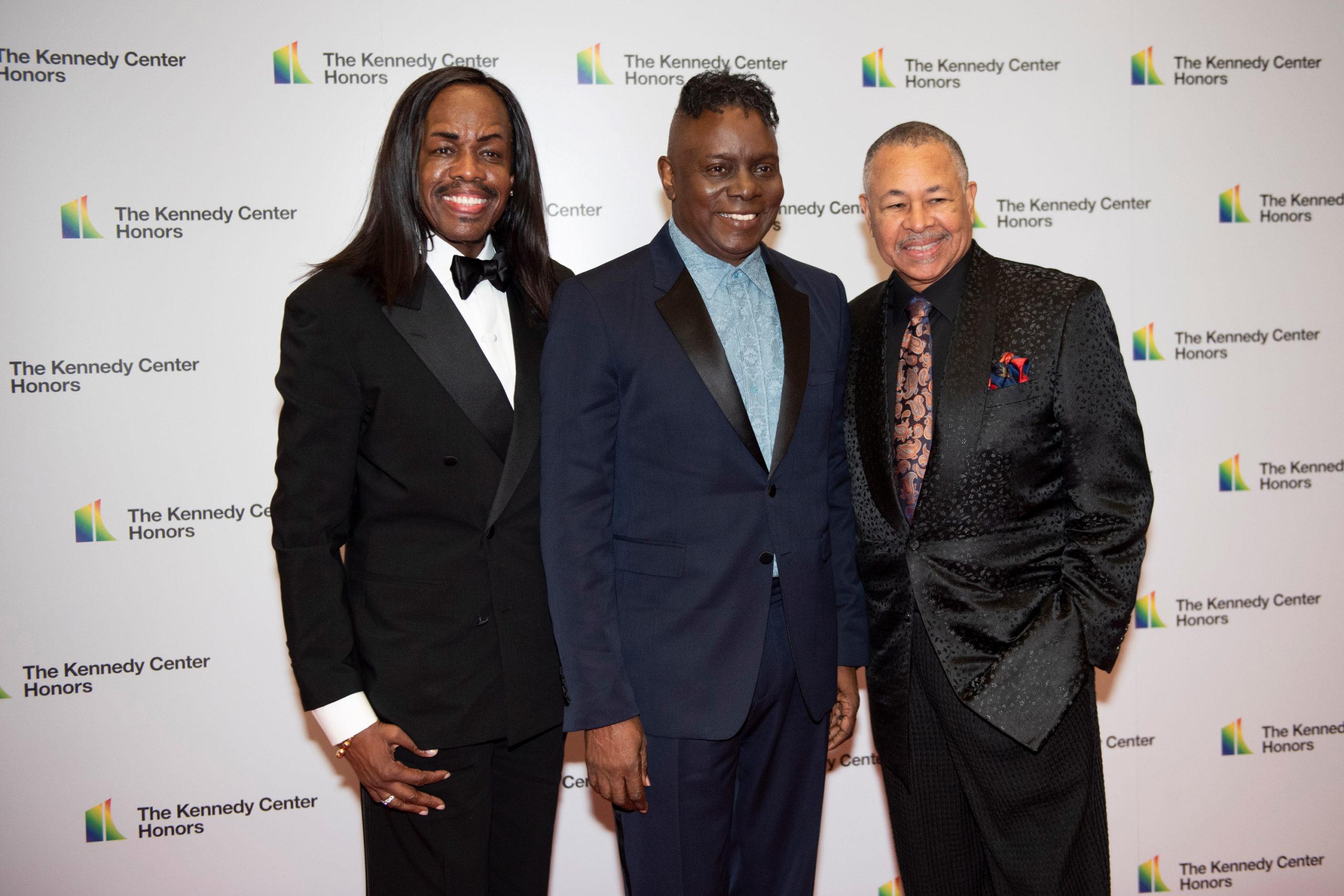Arata Isozaki spent much of his childhood in the shadow of World War II. As a native of the city of Oita, the Japanese architect grew up just across a slim body of water from Hiroshima, where the U.S. dropped the first atomic bomb — and he says he saw firsthand the ease with which proud human achievements could be leveled.
"It was in complete ruins, and there was no architecture, no buildings and not even a city. Only barracks and shelters surrounded me," Isozaki, now 87, recalls in a recorded statement. "So, my first experience of architecture was the void of architecture, and I began to consider how people might rebuild their homes and cities."
Isozaki won the Pritzker Architecture Prize on Tuesday, a lifetime achievement award so prestigious, it's often known as the Nobel Prize for architects. And according to the prize's judges, it was in part Isozaki's endless attempts to rebuild — to make something new from old forms, to experiment on the edge of what's possible — that earned him the honor.
(Want to skip ahead to check out more of his work? Click here.)
"Clearly, he is one of the most influential figures in contemporary world architecture - on a constant search, not afraid to change and try new ideas. His architecture rests on profound understanding, not only of architecture but also of philosophy, history, theory and culture," reads the citation of the Pritzker jury, which was chaired this year by U.S. Supreme Court Justice Stephen Breyer. "He has brought together East and West, not through mimicry or as a collage, but through the forging of new paths."
Isozaki's best-known works span the globe — from Tokyo to Milan, from Los Angeles to Doha, Qatar. They include the Shanghai Symphony Hall, a curving saddle of a building in the midst of the Chinese metropolis, and the Center of Science and Industry, a gently bending fixture of Columbus, Ohio.
In Barcelona, his Palau Sant Jordi arena became a major venue at the 1992 Summer Olympics. And in more than a quarter-century since those Olympic Games, the massive structure has played host to some of the world's biggest athletes and celebrities — even as it came to be a star in its own right, frequently featured on postcards of the Spanish city.
But, as the jury noted, Isozaki was not selected for his buildings alone. "He has set an example of generosity," its citation added, "as he supports other architects and encourages them in competitions or through collaborative works."
David Gauld, an architect based in New York City, was among the younger practitioners whose careers Isozaki helped foster. Gauld studied under the Pritzker laureate at Harvard University and worked directly with him for years afterwards. "He's my mentor," Gauld says, "and in many ways, my hero."
"He doesn't have a signature style. Like, some architects do a similar kind of style or look no matter what what the project is, no matter what the program is and no matter what the site is. Their buildings have a kind of similar look," Gauld says. "It was always [Isozaki's] approach to do something specific for the site, for the program. And so, consequently, no two of his buildings look alike."
Case in point: LA's Museum of Contemporary Art, which Isozaki designed in the 1980s. The museum's director, Klaus Biesenbach, who calls the building "a jewel out of its time," says the brilliance of the structure resides at least partly in how well suited it is, both to its environment and to the artworks it houses.
"So I think it's actually a very LA piece, because it has this sunken pool quality, with beautiful skylights, but it's also a very much dedicated to the art that this museum is famous for," Biesenbach explains.
Isozaki becomes the eighth Japanese architect to win the Pritzker since it was founded four decades ago. Along with the honor, he receives a bronze medal and a $100,000 grant.
Below, you can find a brief gallery of some of Isozaki's most recognizable works — structures plucked from a body of work spans roughly six decades.
"He never merely replicated the status quo but challenged it," the Pritzker jury writes. "And in his search for meaningful architecture, he created buildings of great quality that to this day defy categorizations, reflect his constant evolution, and are always fresh in their approach."
Some more of Arata Isozaki's work
Return to the top of the story.
9(MDEyMDcxNjYwMDEzNzc2MTQzNDNiY2I3ZA004))








